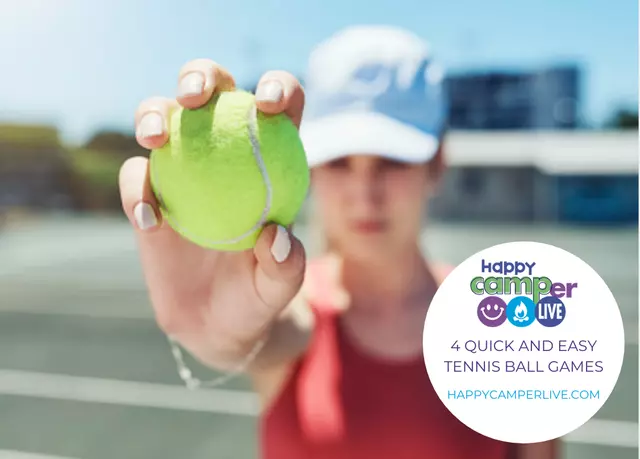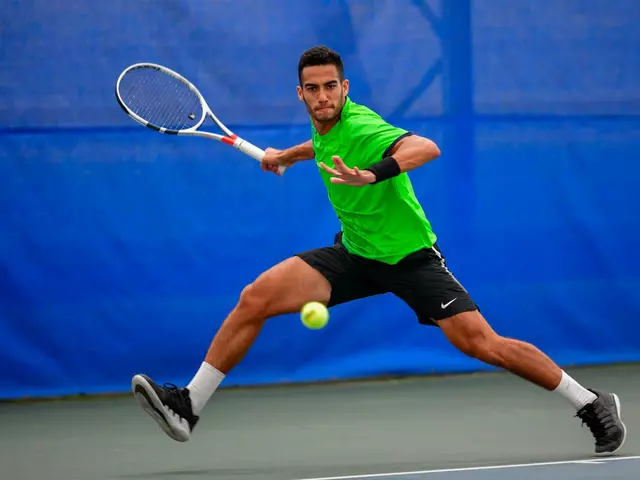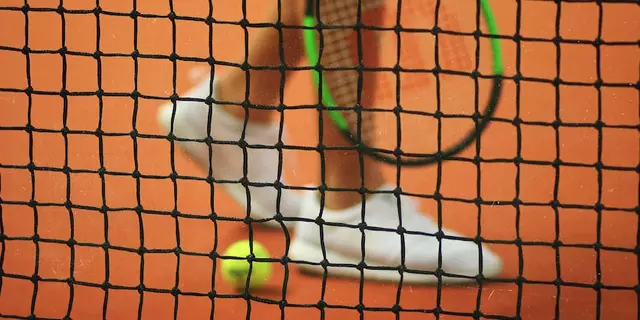Red Bull’s Impact on Modern Tennis
When you watch a high‑octane rally, you might notice a player cracking open a Red Bull during a break. That’s not a coincidence. The energy drink has become a backstage staple for many pros, and its brand shows up on court banners, tournament stages, and even coaching clinics. In this guide we’ll break down why Red Bull matters to the sport, how it helps athletes stay sharp, and what fans can expect at the next Red Bull‑backed event.
Red Bull Sponsorship in Tennis
Red Bull isn’t just handing out cans; they’re investing in the whole tennis ecosystem. The company sponsors rising stars, funds grassroots programs, and runs the Red Bull Open series that gives young players a chance to earn ranking points without the usual entry fees. For established pros, Red Bull offers a branding platform that aligns with speed, focus, and resilience—qualities every tennis player wants to project.
Because of these partnerships you’ll see Red Bull logos on practice courts, player outfits, and even on ball‑bag stickers. The brand’s involvement also extends to content creation; they produce behind‑the‑scenes videos that show how athletes use the drink to maintain energy levels during long matches. All of this exposure creates a feedback loop: fans associate Red Bull with thrilling tennis moments, and players get a reliable boost when they need it.
Using Red Bull for Peak Performance
From a practical standpoint, Red Bull contains caffeine, taurine, and B‑vitamins—ingredients that can sharpen reaction time and reduce perceived fatigue. A typical 250 ml can delivers about 80 mg of caffeine, roughly the same as a strong cup of coffee. Most pros sip a half can before a match or during changeovers to keep their focus razor‑sharp.
But timing matters. Drinking too much too early can cause a crash mid‑set, so athletes usually stick to a small, measured amount. Many coaches recommend a half‑can 15‑20 minutes before warm‑up, then another sip if the match goes beyond two hours. Hydration is still key, so water stays the primary fluid; Red Bull is just a strategic add‑on.
Beyond the beverage itself, Red Bull runs performance workshops that teach players how to manage nutrition, sleep, and mental stress. These sessions often feature sports psychologists and physiologists, giving athletes a holistic approach to staying at their best. The takeaway? Red Bull isn’t a magic potion, but it can be a useful tool when paired with proper training and recovery.
For fans, the Red Bull presence adds excitement. Tournament organizers host “Red Bull Rally Challenges,” where amateurs can test their serve speed or footwork against pros. Those events are free, high‑energy, and perfect for anyone who wants a taste of tournament life. So the next time you see a Red Bull banner on the sidelines, know it’s part of a bigger plan to push tennis into a more dynamic, accessible direction.
Overall, Red Bull’s role in tennis is a mix of sponsorship, performance support, and fan engagement. Whether you’re a player looking for a quick energy lift or a spectator curious about the brand’s buzz, the connection between Red Bull and tennis is built on the same core ideas: speed, focus, and stamina. Keep an eye on upcoming events, and you might just catch a player taking a strategic sip that could turn the match in their favor.

Christian Horner Walks Away with £80 Million After Red Bull Split
Red Bull confirmed the departure of long‑time team boss Christian Horner with an eye‑watering £80 million severance. The 51‑year‑old was ousted in July after a power struggle, leaving a contract that ran to 2030. Laurent Mekies steps in as the new CEO‑principal while Horner’s exit comes as Red Bull’s 2025 form fades. The payout could let him re‑enter F1 as soon as next season, with Alpine rumored as his next stop.
Detail



